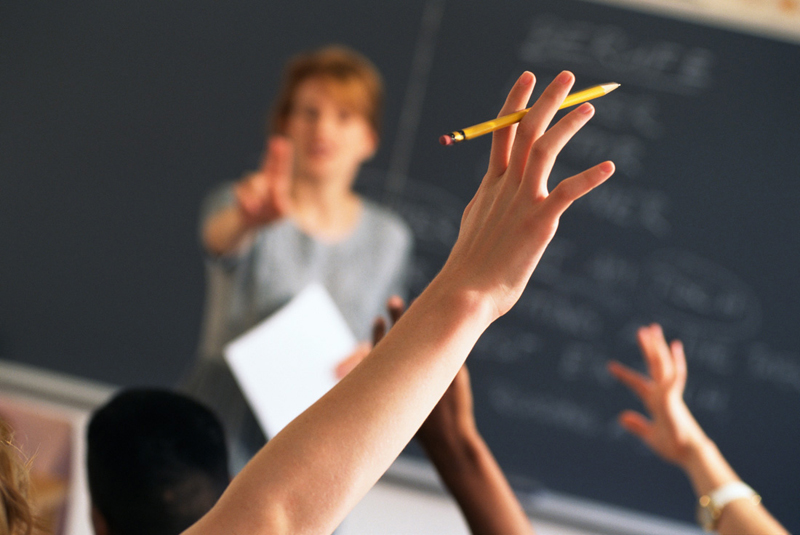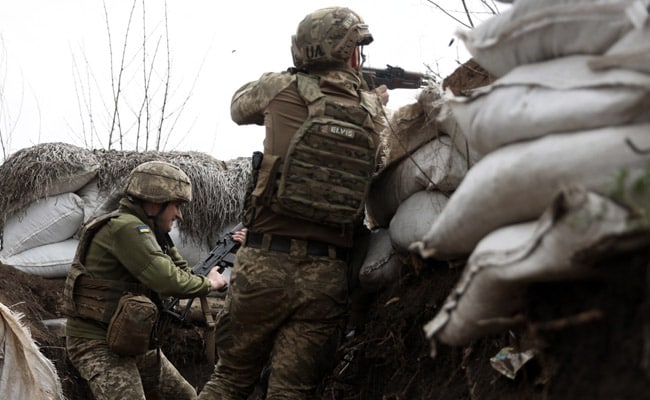
OR

The challenges brought about by Covid-19 are also the opportunities to upskill, unlearn, and upgrade so that we equip ourselves with renewed skill, hope, and optimism to navigate through the steep terrain in front of us.
The Covid-19 pandemic has altered our perception about what is normal, and thus our 'needs' and 'wants' carry a new meaning. As we wander amid an unprecedented crisis, many of us believe that it may perhaps change us as a species. Our priorities have changed, and so has our outlook towards life. It has changed everything from the way we communicate to the overall functioning of each sector of the business environment.
As the world continues to cope with the coronavirus crisis, not a single sector has been left unscathed. And like any other sector, the education sector has been hard hit. The effects of coronavirus have upended the life of students, parents, and teachers. With the sudden announcement of lockdown and the fear of the virus gradually paralyzing the system, our teaching fraternity had to make a rapid shift. This shift made dependency on technology the only recourse to the crisis. Interestingly, the technology which had experienced a push back a few months ago suddenly became a necessity and was also deemed mandatory.
The outbreak of Covid-19, followed by a nationwide lockdown in several countries, forced schools, colleges, and universities to suspend physical classes and move towards online classes. It was difficult for parents, teachers, and students to suddenly accept the virtual mode of learning and upskill oneself to meet technological challenges. This transition, though seemed to be a smooth ride, has had its own set of bumpy patches along its path.
The digital divide
According to UNESCO, since the outbreak of COVID-19 began, around 1.37 billion students in 138 countries worldwide have been affected. It also noted that about 826 million students are not attending school, do not have access to a household computer, and 706 million students have no internet at home. Ironically, this is at a time when many countries adopted digital distance learning to ensure continuity of education.
Unfortunately, as in the real world, the virtual world also has its class privileges. While the online classes accelerate the digital learning experience, it throws light on the digital divide in many countries. India and Nepal are no exception. There are many students from remote places and those belonging to weaker sections of the society who lack the infrastructure and the means to reap the benefits of online learning. The news about the suicide of a schoolgirl in Kerala, India, for not having access to a smartphone to attend classes or students having to sit on rooftops for internet connectivity is a stark reality the pandemic has revealed.
Similarly, in Nepal, the lockdown has further widened the already existing gap between the haves and the have nots. While remote learning has become the need of the hour, it also unveiled the class divide in access to education. Private schools have somehow managed to offer online classes, but the schools, especially in the remote areas of Nepal, are not able to find an 'alternative' system to impart education. In cities, even if families have laptops, computers, or phones, they do not have Wi-Fi and, at the same time, cannot afford mobile data.
Thus, the glaring digital divide in countries like India and Nepal has turned out to be an operational nightmare, especially when children from the vulnerable and marginalized groups are the ones who are facing the brunt of this sudden change.
Mental health and children
With online classes and children not having to rush for school or not worried about missing the school bus every morning, the lockdown was initially a pleasant surprise. However, the thrill about staying home and studying from the comforts of their home was short-lived. The need for social distancing resulted in the physical distancing from their peers, teachers, and the school, which gradually made children vulnerable to mental health problems.
Social interactions and spending time with peers are equally important as food and clothing for children. The isolation which many children have experienced due to Covid-19 coupled with problems with internet connections, shortage of gadgets notwithstanding, incorrect posture, and increased screen time can negatively affect their mental and physical wellbeing. Unfortunately, in many children, this has manifested into behavioral changes such as excessive argument, refusal, defiance, withdrawal, and, most of the time, being irritable.
Though children tend to be resilient and biologically wired to adapt, it is pertinent for parents and teachers to be more patient and mindful in talking and listening to them, especially during such times of fear and uncertainty.
Testing times for teachers
While the pandemic has set the ball rolling for a revolution in teaching and learning, it has put teachers to the test. As they grapple with the latest ways to handle this abrupt transition to online education, some have had to change from being a technophobe to a technophile overnight. This change demanded a considerable amount of work from teachers to adapt their teaching methods to a gadget. They had to learn the ropes of this technological pathway and upskill themselves amid all the cooking, cleaning, and other household chores. With no definite working hours and phones always buzzing, it has been difficult for them to maintain a work-life balance while there isn't even a semblance of normalcy around.
The challenges faced by the teachers due to this crisis get tougher while teaching in a virtual classroom. Technology has its own limitations. Teachers are not able to interact with the students with the same ease as in a traditional class. Communication is more than words. Therefore, teachers need to understand the nonverbal cues they are sending and receiving in a classroom, which is unfortunately not possible in a virtual class. With the online classes, however, teachers have no alternative but to assume that students have learned what is being taught in class. Therefore, managing classes, initiating meaningful learning mechanisms, keeping students engaged and motivated in the virtual realm is a whole new ballgame.
Going forward
The virus, which makes no distinctions among the victims it attacks and those it spares, has forced us to reinvent ourselves as parents, teachers and students. These challenges are opportunities to upskill, unlearn, and upgrade so that we equip ourselves with renewed skill, hope, and optimism to navigate through the steep terrain in front of us.
The challenges are here to stay at least until the deadly virus decides otherwise, and if we do not act fast, the pandemic will make things worse. Perhaps, things may never go back to what it was pre-pandemic, but we cannot lose hope. We need to change our outlook, and the pedagogies of teaching-learning-evaluation must be revised. Teachers must upskill themselves, and education should help students acquire skills like resilience, adaptability, empathy, creativity, and mindfulness.
Though the online mode of learning can never substitute the traditional classroom, it for sure can complement it. And when push comes to shove, the education sector must develop a synergistic relationship between the brick and mortar and online institutions for better learning outcomes and richer academic experiences. This blended system of education will help minimize the problems associated with virtual learning to prevent interruptions in the learning process.
Perhaps, it is also time we rethink and reimagine our roles as parents, students, and teachers and leverage the volatile world by looking at things differently, thinking differently and acting differently.
For, the show must go on.
The author, a freelancer, based in New Delhi, is also a management expert at EMERGE, Nepal
You May Like This

Is COVID-19 killing democracy?
BRUSSELS – The economic consequences of the COVID-19 crisis occupy almost everyone’s thoughts and conversations. And for good reason: the... Read More...
_20200831110338.jpg)
Minimizing the social cost of COVID-19
HONG KONG – In 1960, the Nobel laureate economist Ronald H. Coase introduced the “problem of social cost”: human activities... Read More...

Controlling COVID-19
The outbreak of COVID-19 has affected the lives of millions of people globally. In December 2019, Chinese public health authorities... Read More...
Just In
- NEA schedules five-day power cut across Kathmandu Valley for underground cable installation
- Hundreds of passengers including foreign tourists in distress as poor visibility halts flights to and from PRIA
- Nepal clinches thrilling victory over West Indies 'A' in T20 cricket match
- Capital Market Struggle Committee stages protest demanding protection of domestic investors (Photo Feature)
- Captain Paudel scores half-century in T20 match against West Indies 'A'
- Nine youths from Tanahu allegedly joining Russian army out of family contact for months
- West Indies 'A' sets Nepal a target of 205 runs
- Parliamentary committee directs govt to provide electricity tariff subsidies to cold storage facilities













-1200x560-wm_20240427144118.jpg)





Leave A Comment